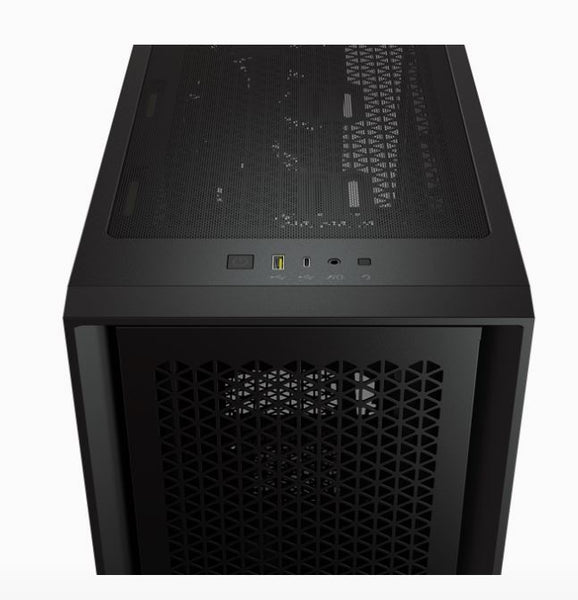

M.2 PCIe NVMe SSDs support thousands of processing queues, unlike older interfaces with only one processing queue. The transfer speed of these SSDs is several times faster than the regular SSDs.

Two different controllers that M.2 PCIe SSDs can use are AHCI and NVMe. M.2 PCIe SSDs connect to the mainboard through an M.2 slot but use PCI Express lanes to increase the transfer rate.They come in the same form factor as M.2 SSDs but use a SATA interface with transfer speed limited at 600MB/s. M.2 SATA SSDs don't look like regular SATA SSDs.

Its old name is NGFF the M.2 form factor was developed to support multiple types of interfaces and controllers, including SATA snf PCIe. It connects through an M.2 male connector to an M.2 slot on the mainboard. M.2 Solid State DrivesĪn M.2 SSD is developed on a long and thin PCB printed circuit with numerous NAND flash modules. It often uses in mid-range laptops and desktops. The price of these SSDs is relatively low compared to other form factors. It uses a SATA cable to connect to the mainboard and has a maximum transfer speed of 600MB/s with the SATA 3.0 interface. SATA Solid State DrivesĪ SATA solid-state drive regularly comes in the 2.5-inch form factor like a mechanical hard drive for laptops. The most common options are SATA, M.2, and PCI Express. Types Of Solid-State Drives And Which One You Should Purchaseīasically, SSDs are classified based on the type of connectivity interfaces such as SATA, mSATA, SATA Express, PCI Express (PCIe), M.2, or U.2. Which Type Of SSDs Can You Use On Your Computer?.Benefits Of Upgrading Your Hard Drive To A Solid State Drive.Types Of Solid-State Drives And Which One You Should Purchase.


 0 kommentar(er)
0 kommentar(er)
